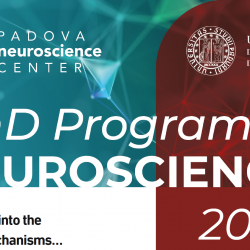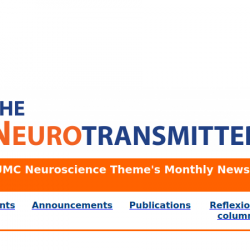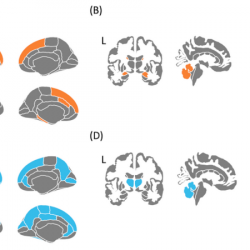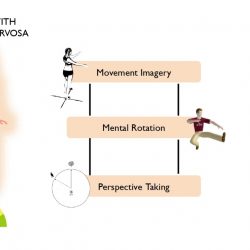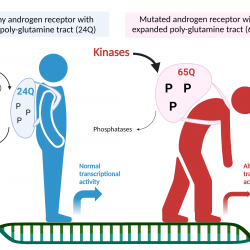New call for the PhD course in Neuroscience (40th cohort)
The new call for applying for the PhD Course in Neuroscience (40th cohort) will run from April 9, 2024, to May 13, 2024, 1:00 pm CEST.
The Neuroscience PhD course covers diverse neuroscience fields, such as circuits and systems, affective, computational, translational and clinical neuroscience, cognitive, behavioral and neuroimaging. PhD students will find a multidisciplinary environment, ranging from bioengineering to medicine, from mathematics to neurobiology, from physics to psychology and statics, and cutting-edge facilities.
For this call there are at least 10 positions available and more than 45 research lines to choose from for planning the research project.
General information about PhD calls and admissions
Admission information about PhD in Neuroscience
Research lines for project proposal
Deadline for submitting your application: 13 May 2024, 1:00 pm CEST.


